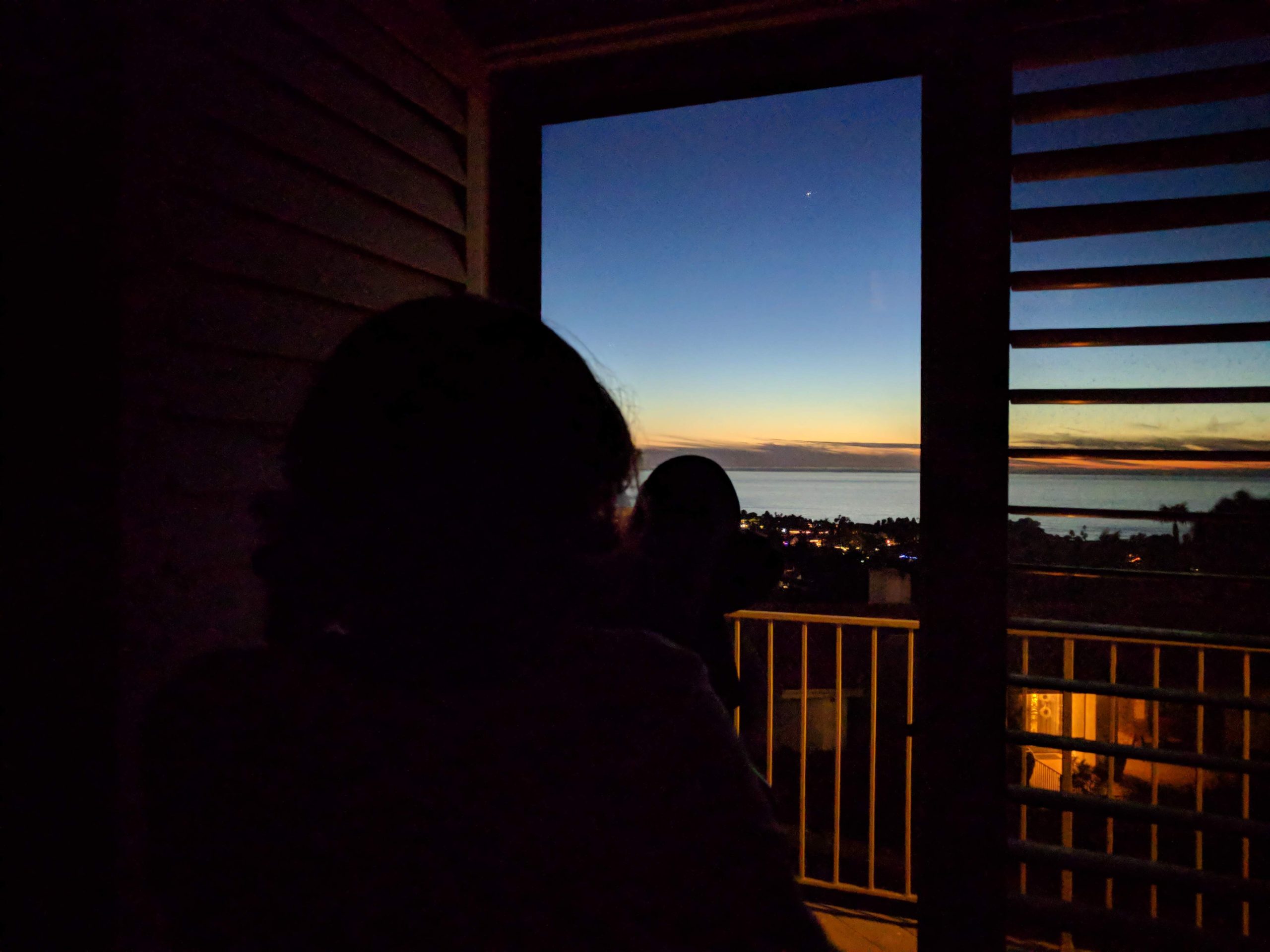It wasn't deliberate.
As a birdwatcher who'd been less than avid in recent months, I thought it time to double down on a pursuit that seemed made for a quarantine.
I've always had a shameful secret among birders. I suspect I am the lone birdwatcher who has visited Costa Rica without spotting a resplendant quetzal, a dubious distinction that I carry like a nerdy mark of Cain.
I tried to think of what separated me from my peers, and it seemed most of them (elderly gringos and young local nature guides) has spotting scopes, whereas I did not. Hence, I concluded that purchasing a spotting scope might heal that decades old wound.
The problem is that spotting scopes tend to be very expensive precision optical instruments, and I am congenitally unable to pay retail. An article online made me aware of shopgoodwill.com, which brings the thrift store's finer discoveries to your keyboard. This was a dangerous development, as suddenly I was aware of many good deals I in no way needed.
In a week, I'd purchased a spotting scope at online auction in pristine condition, a piece that retailed for over $120 on Amazon. I scored it for under $40 including shipping. I also found a tripod via our local nextdoor site, which I picked up for $15 the day I went for my COVID vaccine.
The day I went for my vaccine happened to be one of the rare days I was in the car, and while listening to NPR on the radio I heard about an upcoming convergence between Saturn and Jupiter, where the two planets would be visible shortly after sunset as the brightest stars in the evening sky.
Essentially, the planets would appear close together, an event that occurs roughly every 20 years, but one that had not been this impressively close since the 1623, and not this close and simultaneously visible since medieval times in 1226.
Come that evening, we spotted the planets easily with our naked eyes shortly after sunset, and I trained the spotting scope on them.
It was amazing! We could actually make out the rings of Saturn, and almost fooled ourselves into thinking we could see a large stripe across Jupiter. We even noted four moons orbiting Jupiter.
We took turns looking and expressing awe, and then unwittingly redirected toward the showstopper: the moon.
Suddenly we were looking at the topography in high resolution, with visible craters. An online map confirmed we were viewing the Sea of Tranquility, whose name takes my breath away.
Our entire family of four got it at exactly the same moment. This is why Galileo and Copernicus were obsessed with heavenly bodies. This is why kids staring through a lens at the sky dream of going to work at NASA someday.
It was the foundation of dreams.


Comments 4
So what is this thing you shared with your family all at once? Hint: It wasn’t the rings of Saturn. The freedom to feel, know, puzzle, belong are the things dreams are made of.
Author
My legacy might well be passing on my idiosyncracies from one generation to the next. I could do worse, I suppose.
Thanks for your kindness,
CD
Your legacy is the love your children feel, the stability they know, the bond you share with your wife, the rightness of your position in the family and community. Don’t it always seem to go we don’t know what we got till it’s gone.
Author
And yet with inflation they’ll be charging the people far more than a dollar and a half just to see ’em.